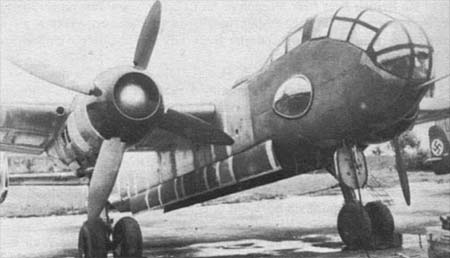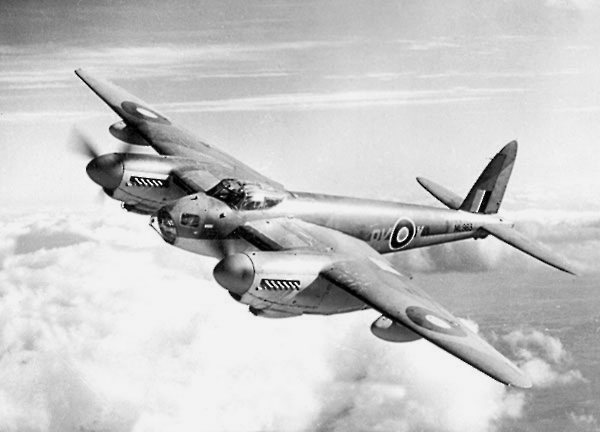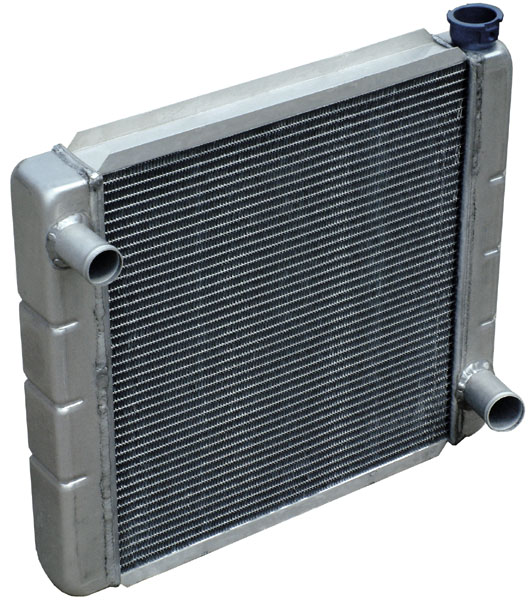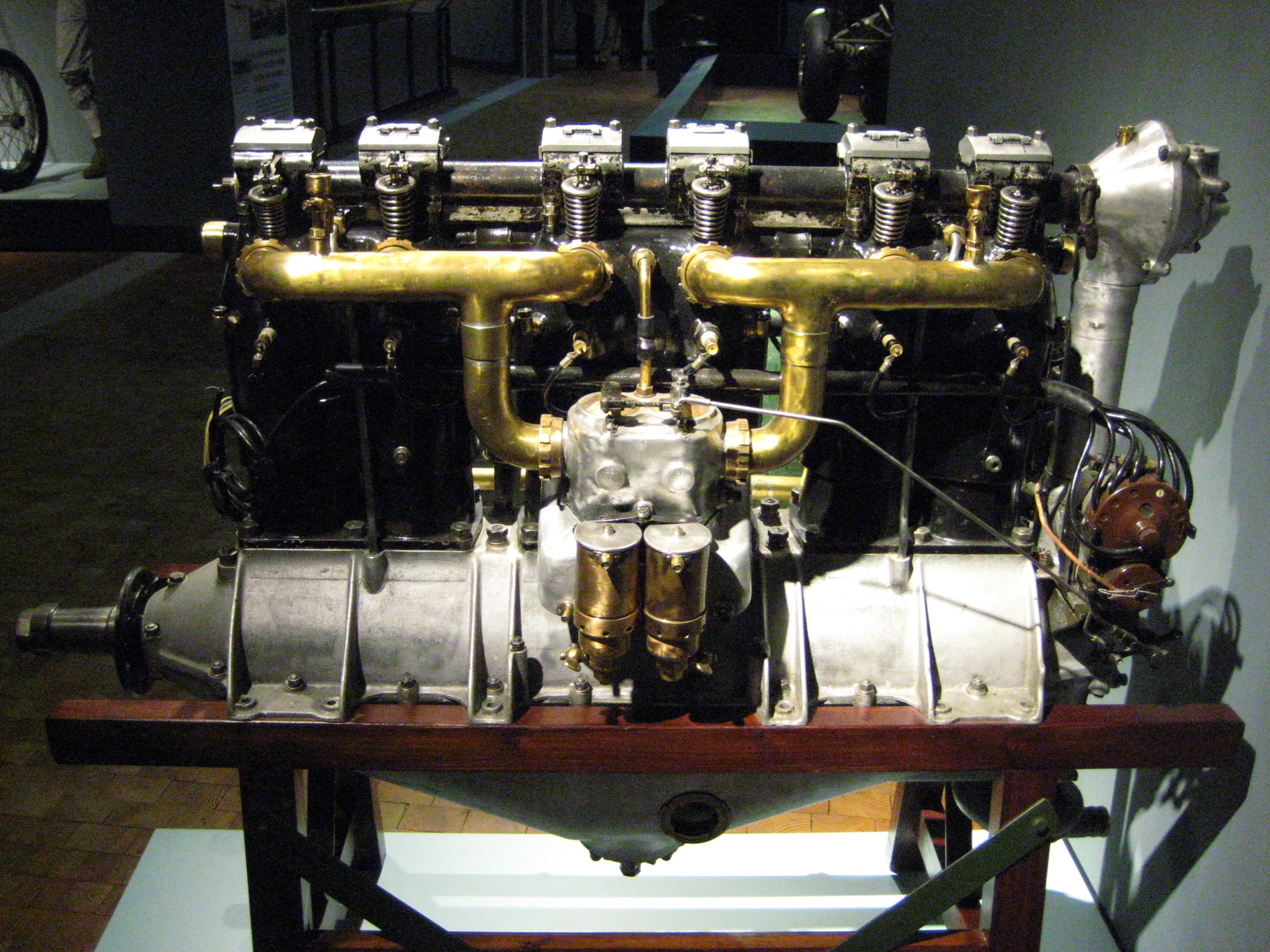|
Arado Ar 240
The Arado Ar 240 was a German twin-engine, multi-role heavy fighter aircraft, developed for the ''Luftwaffe'' during World War II by Arado Flugzeugwerke. Its first flight was on 10 May 1940, but problems with the design hampered development, and it remained only marginally stable throughout the prototype phase. The project was eventually cancelled, with the existing airframes used for a variety of test purposes. Design and development The Ar 240 came about as the response to a 1938 request for a much more capable second-generation heavy fighter to replace the Messerschmitt Bf 110, which was becoming outdated. Both Arado and Messerschmitt responded. Messerschmitt's response, the Me 210, was a totally new design, but thanks to Messerschmitt's experience with the ''Zerstörer'' ("Destroyer") concept, it would be able to enter service quickly. Arado's design was considerably more ambitious for the smaller firm, a dream project of Arado's chief designer, Walter Blume, since the ... [...More Info...] [...Related Items...] OR: [Wikipedia] [Google] [Baidu] |
Heavy Fighter
A heavy fighter is an historic category of fighter aircraft produced in the 1930s and 1940s, designed to carry heavier weapons or operate at longer ranges than light fighter aircraft. To achieve performance, most heavy fighters were twin-engined, and many had multi-place crews; this was in contrast to light fighters, which were typically single-engined and single-crew aircraft. In Germany, these larger fighters were known as ''Zerstörer'' ("destroyers"). The heavy fighter was a major design class during the pre-World War II period, conceived as long-range escort fighters or heavily-armed bomber destroyers. Most such designs failed in this mission, as they could not maneuver quickly enough against single-engine fighters. Most notable among such designs was the Messerschmitt Bf 110, which suffered great losses during the Battle of Britain. An exception was the American Lockheed P-38 Lightning, which proved an effective heavy fighter; even against smaller, lighter, single-engin ... [...More Info...] [...Related Items...] OR: [Wikipedia] [Google] [Baidu] |
Sight (device)
A sight or sighting device is any gadget, device used to assist in precise visual perception, visual alignment (i.e. ''aiming'') of weapons, surveying instruments, aircraft equipment, optical illumination equipment or larger optical instruments with the intended target. Sights can be a simple set or system of physical markers that serve as visual references for directly aligning the user's line of sight with the target (such as iron sights on firearms), or optical instruments that provide an optically enhanced—often magnification, magnified—target image aligned in the same focus (optics), focus with an aiming point (e.g. telescopic sight, telescopic, reflector sight, reflector and holographic sights). There are also sights that actively project an illuminated point of aim (a.k.a. "hot spot") onto the target itself so it can be observed by anyone with a direct view, such as laser sight (firearms), laser sights and infrared illuminators on some night vision devices, as well as a ... [...More Info...] [...Related Items...] OR: [Wikipedia] [Google] [Baidu] |
Junkers Ju 88
The Junkers Ju 88 is a twin-engined multirole combat aircraft designed and produced by the German aircraft manufacturer Junkers Aircraft and Motor Works. It was used extensively during the Second World War by the ''Luftwaffe'' and became one of the most versatile combat aircraft of the conflict. The Ju 88 originated from a ''Reichsluftfahrtministerium'' (RLM) requirement issued in 1934 for a new multipurpose aircraft. Junkers was one of several firms to respond, producing two separate design studies that produced both the Ju 85 and Ju 88. The design work was headed by Junkers' chief designer Ernst Zindel. The Ju 88 was envisioned to function as a so-called '' Schnellbomber'' ("fast bomber") that would evade interception by enemy fighters of its era by flying at high speed. On 21 December 1936, the first prototype performed its maiden flight. The performance of the third prototype was highly favourable, resulting in the competing Henschel Hs 127 and Messerschmitt Bf 162 bein ... [...More Info...] [...Related Items...] OR: [Wikipedia] [Google] [Baidu] |
Radiator (engine Cooling)
Radiators are heat exchangers used for cooling internal combustion engines, mainly in automobiles but also in piston-engined aircraft, railway locomotives, motorcycles, stationary generating plants or any similar use of such an engine. Internal combustion engines are often cooled by circulating a liquid called '' engine coolant'' through the engine block and cylinder head where it is heated, then through a radiator where it loses heat to the atmosphere, and then returned to the engine. Engine coolant is usually water-based, but may also be oil. It is common to employ a water pump to force the engine coolant to circulate, and also for an axial fan to force air through the radiator. Automobiles and motorcycles In automobiles and motorcycles with a liquid-cooled internal combustion engine, a radiator is connected to channels running through the engine and cylinder head, through which a liquid ( coolant) is pumped by a coolant pump. This liquid may be water (in climates ... [...More Info...] [...Related Items...] OR: [Wikipedia] [Google] [Baidu] |
Propeller (aircraft)
In aeronautics, an aircraft propeller, also called an airscrew,Beaumont, R.A.; ''Aeronautical Engineering'', Odhams, 1942, Chapter 13, "Airscrews". converts rotary motion from an engine or other power source into a swirling slipstream which pushes the propeller forwards or backwards. It comprises a rotating power-driven hub, to which are attached several radial airfoil-section blades such that the whole assembly rotates about a longitudinal axis. The blade pitch may be fixed, manually variable to a few set positions, or of the automatically variable "constant-speed" type. The propeller attaches to the power source's driveshaft either directly or through reduction gearing. Propellers can be made from wood, metal or composite materials. Propellers are most suitable for use at subsonic airspeeds generally below about , although supersonic speeds were achieved in the McDonnell XF-88B experimental propeller-equipped aircraft. Supersonic tip-speeds are used in some aircraft like the ... [...More Info...] [...Related Items...] OR: [Wikipedia] [Google] [Baidu] |
Inline Engine (aviation)
In aviation, an inline engine is a reciprocating engine with cylinder bank, banks of cylinders, one behind another, rather than rows of cylinders, with each bank having any number of cylinders, although more than six is uncommon. The major reciprocating-engine alternative configuration is the radial engine, where the cylinders are placed in a circular or "star" arrangement. The term "inline" is used somewhat differently for aircraft engines than automotive engines. For automotive engines, the term ‘inline’ refers only to straight engines (those with a single bank of cylinders). But for aircraft, ‘inline’ can also refer to engines which are not of the straight configuration, such as V, H, or horizontally opposed. Inline engine configurations ;Straight engine, Straight: Engines with a single bank of cylinders which can be arranged at any angle but typically upright or inverted, (e.g. upright ADC Cirrus, inverted de Havilland Gipsy Major). ;V engine, V:Engines with two bank ... [...More Info...] [...Related Items...] OR: [Wikipedia] [Google] [Baidu] |
Daimler-Benz DB 601
The Daimler-Benz DB 601 was a German aircraft engine that was built during World War II. It was a liquid-cooled inverted V12, and powered the Messerschmitt Bf 109, Messerschmitt Bf 110, and many others. Approximately 19,000 601s were produced before it was replaced by the improved Daimler-Benz DB 605 in 1942. At its core, the DB 601 was an improved DB 600 with direct fuel injection. Fuel injection required power to be taken off the drive shaft, but in return, improved low-RPM performance significantly and provided aerobatic performance in maneuvers where early versions of carbureted engines like the British Rolls-Royce Merlin lost power when the carburetor float bowl ran dry. The 601's fuel injection provided a significant boost in performance which its competitor, the Junkers Jumo 210, did not match for some time. By the time the fuel-injected 211 arrived, the 601 had already cemented its place as the engine for high-performance designs like fighters, high-speed bombe ... [...More Info...] [...Related Items...] OR: [Wikipedia] [Google] [Baidu] |
Ju288-1
JU may refer to: Names and people * Joo (Korean name), surname and given name (including a list of people with the name) * Jū (鞠), Chinese surname * Ru (surname), romanized Ju in Wade–Giles * Ji Ju, a semi-legendary ancestor of the Zhou dynasty * Ju (writer) (born 1958), Burmese writer * Juh (c. 1825–1883), Apache leader Places * Ju (city), a city of the State of Qi during the Warring States Period of China * Ju (state), a vassal state of the Zhou Dynasty * Ju County (莒县), of Rizhao, Shandong, China * Juan de Nova Island, administered by France (FIPS code ''JU'') * Zhou (country subdivision), pronounced ''ju'' in Korean * Canton of Jura (created in 1979), newest of the 26 Swiss cantons Businesses and organizations Universities * University of Jordan, located in Amman, Jordan * Jacksonville University, a university in Jacksonville, Florida, United States * Jadavpur University, a university in Kolkata, India * Jahangirnagar University, a public university in Savar, ... [...More Info...] [...Related Items...] OR: [Wikipedia] [Google] [Baidu] |
Aileron
An aileron (French for "little wing" or "fin") is a hinged flight control surface usually forming part of the trailing edge of each wing of a fixed-wing aircraft. Ailerons are used in pairs to control the aircraft in roll (or movement around the aircraft's longitudinal axis), which normally results in a change in flight path due to the tilting of the lift vector. Movement around this axis is called rolling or banking. Considerable controversy exists over credit for the invention of the aileron. The Wright brothers and Glenn Curtiss fought a years-long legal battle over the Wright patent of 1906, which described a method of wing-warping to achieve lateral control. The brothers prevailed in several court decisions which found that Curtiss's use of ailerons violated the Wright patent. Ultimately, the First World War compelled the U.S. Government to legislate a legal resolution. A much earlier aileron concept was patented in 1868 by British scientist Matthew Piers Watt Boul ... [...More Info...] [...Related Items...] OR: [Wikipedia] [Google] [Baidu] |
Leading Edge Slats
A slat is an aerodynamic surface on the leading edge of the wing of a fixed-wing aircraft. When retracted, the slat lies flush with the rest of the wing. A slat is deployed by sliding forward, opening a slot between the wing and the slat. Air from below the slat flows through the slot and replaces the boundary layer that has travelled at high speed around the leading edge of the slat, losing a significant amount of its kinetic energy due to skin friction drag. When deployed, slats allow the wings to operate at a higher angle of attack before stalling. With slats deployed an aircraft can fly at slower speeds, allowing it to take off and land in shorter distances. They are used during takeoff and landing and while performing low-speed maneuvers which may take the aircraft close to a stall. Slats are retracted in normal flight to minimize drag. Slats are high-lift devices typically used on aircraft intended to operate within a wide range of speeds. Trailing-edge flap systems runn ... [...More Info...] [...Related Items...] OR: [Wikipedia] [Google] [Baidu] |
Lift-induced Drag
Lift-induced drag, induced drag, vortex drag, or sometimes drag due to lift, in aerodynamics, is an aerodynamic drag force that occurs whenever a moving object redirects the airflow coming at it. This drag force occurs in airplanes due to wings or a lifting body redirecting air to cause lift and also in cars with airfoil wings that redirect air to cause a downforce. It is symbolized as D_\text, and the ''lift-induced drag coefficient'' as C_. For a constant amount of lift, induced drag can be reduced by increasing airspeed. A counter-intuitive effect of this is that, up to the speed-for-minimum-drag, aircraft need less power to fly faster. Induced drag is also reduced when the wingspan is higher, or for wings with wingtip devices. Explanation The total aerodynamic force acting on a body is usually thought of as having two components, lift and drag. By definition, the component of force parallel to the oncoming flow is called drag; and the component perpendicular to the oncomin ... [...More Info...] [...Related Items...] OR: [Wikipedia] [Google] [Baidu] |
Parasitic Drag
Parasitic drag, also known as profile drag, is a type of aerodynamic drag that acts on any object when the object is moving through a fluid. Parasitic drag is defined as the combination of '' form drag'' and '' skin friction drag''. It is named as such because it is not useful, in contrast with lift-induced drag which is created when an airfoil generates lift. All objects experience parasitic drag, regardless of whether they generate lift. Parasitic drag comprises all types of drag except lift-induced drag, and the total drag on an aircraft or other object which generates lift is the sum of parasitic drag and lift-induced drag. Form drag Form drag arises because of the shape of the object. The general size and shape of the body are the most important factors in form drag; bodies with a larger presented cross-section will have a higher drag than thinner bodies; sleek ("streamlined") objects have lower form drag. Form drag follows the drag equation, meaning that it increases wit ... [...More Info...] [...Related Items...] OR: [Wikipedia] [Google] [Baidu] |






